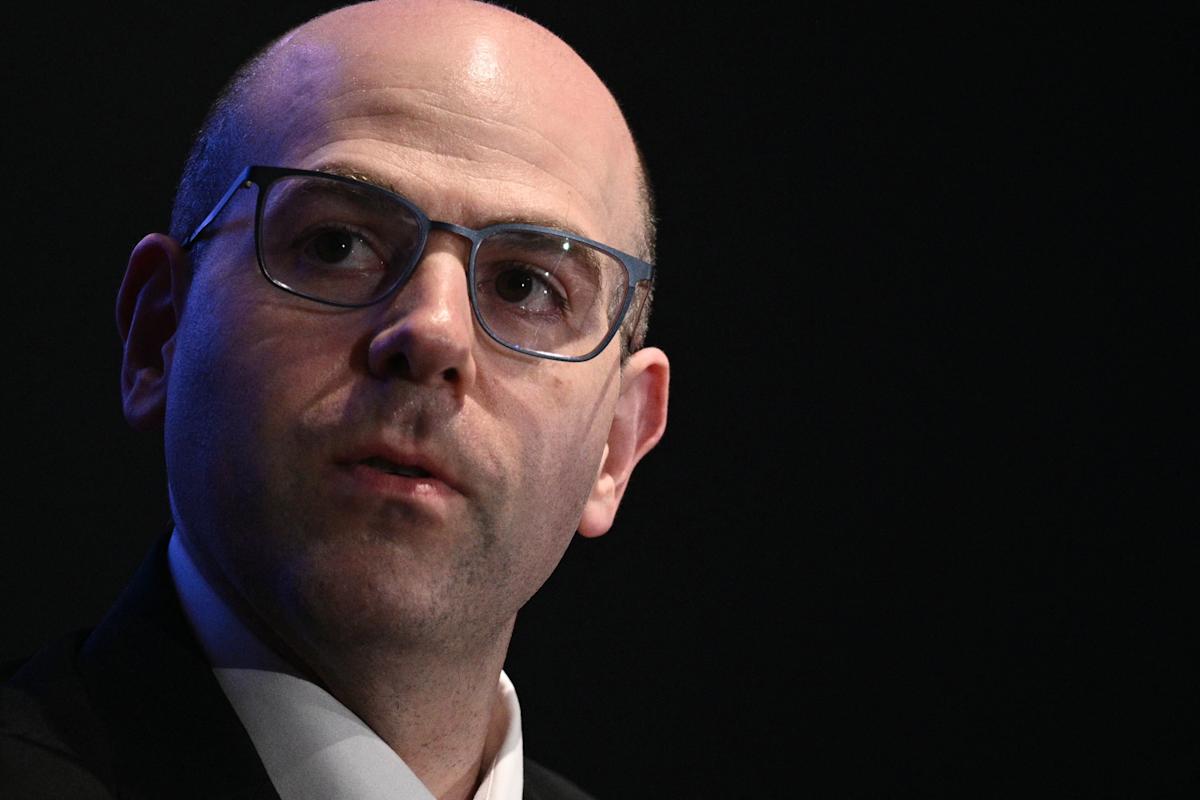Miran argues Fed rates pose risks to employment, should be roughly 2 points lower
New Federal Reserve governor Stephen Miran said Monday he wants central bank interest rates to be roughly 2 percentage points lower, arguing that the current level is too high and poses risks to the US economy.
“Monetary policy is well into restrictive territory,” Miran said in a speech at the Economic Club of New York. “Leaving short-term interest rates roughly 2 percentage points too tight risks unnecessary layoffs and higher unemployment.”
Miran said he believes the appropriate level for the Fed’s policy rate is in the mid-2 percent area, almost 2 percentage points lower than the current range of 4.0% to 4.25%.
Last week the central bank voted to cut rates by a quarter percentage point, as Miran dissented, preferring to cut rates by a jumbo 50 basis points.
Miran has penciled in five more rate cuts this year, while the median of his colleagues have penciled in two more rate cuts for 2025. Miran has taken a leave of absence from his job as a White House economic adviser to serve as a Fed governor.
Miran on Monday stressed that US border policy has changed markedly from what he called “effectively open borders to potentially negative net migration,” arguing that lower immigration and fiscal policies are not being sufficiently accounted for.
That, he said, is leading some to believe the Fed’s benchmark policy rate is less restrictive than it actually is.
It’s plausible, he added, that 2 million illegal immigrants will have exited the country by year-end, thereby reducing annual population growth from 1 percent to 0.4 percent—implying downward pressure on inflation.
The fed has a dual mandate to keep inflation in check while maximizing employment, and some of Miran’s colleagues remain worried that inflation is still not contained.
Miran expects the decline in immigration to push down rents, which will help inflation measures look lower in coming years.
Miran said he expects rent inflation in the Consumer Price Index will decline from its current level of roughly 3.5 percent to below 1.5 percent in 2027. This, he said, implies a roughly 0.3 percentage point decline in the Fed’s preferred inflation gage—the Personal Consumption Expenditures Index, which stands at 2.9% currently.
With respect to tariffs, Miran noted that relatively small changes in some goods prices have led to what he views as “unreasonable levels of concern.”
While Miran said he is committed to the Fed’s goal of 2% inflation, he said leaving policy restrictive by such a large degree brings significant risks for the Fed’s employment mandate.
One of his colleagues, St. Louis Fed president Alberto Musalem, said Monday he supported cutting interest rates last week as a “precautionary move” to guard against the risk of higher unemployment, but cautioned there’s limited room for further rate cuts before risking boosting inflation.



Leave a Comment
Your email address will not be published. Required fields are marked *